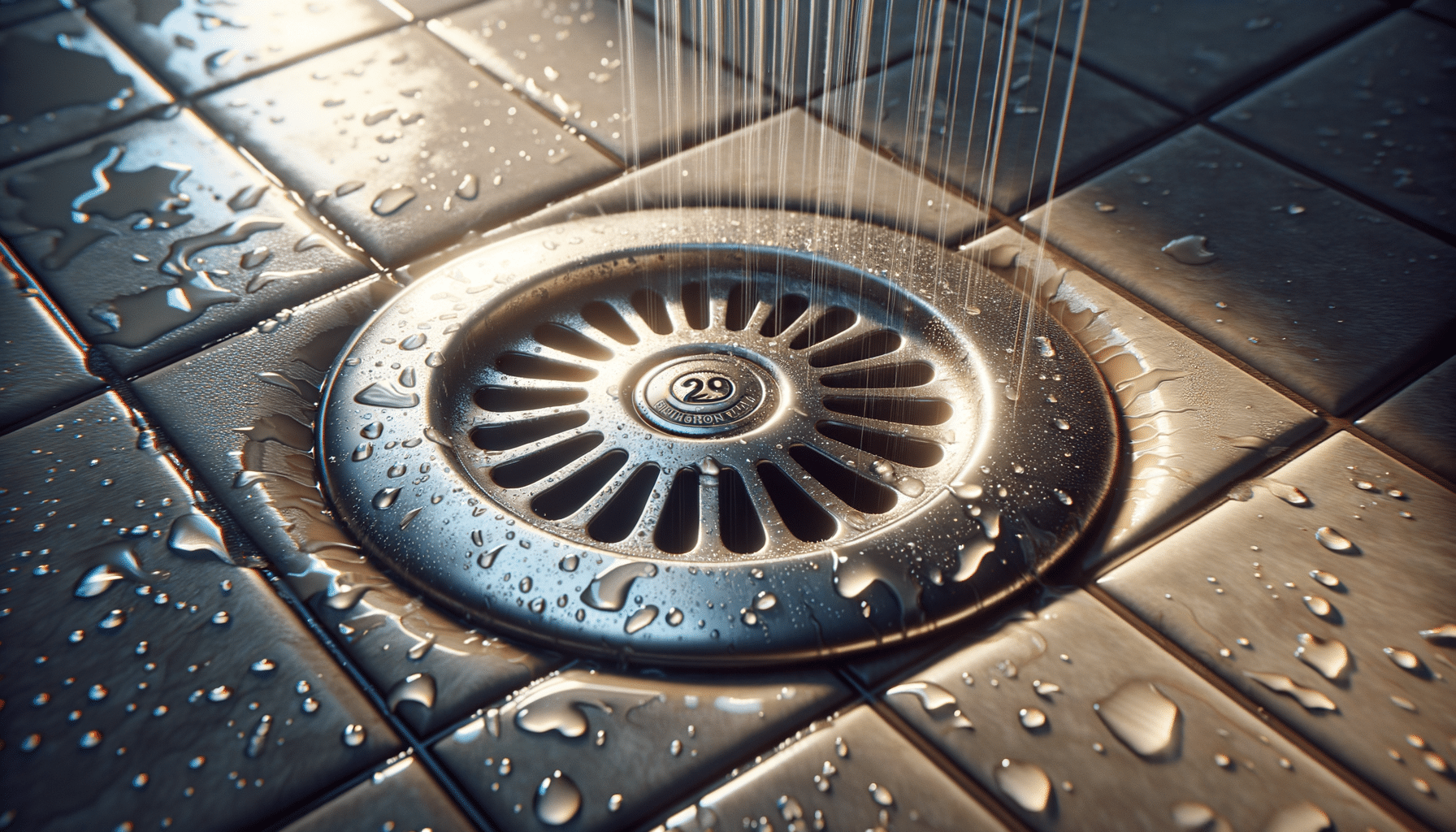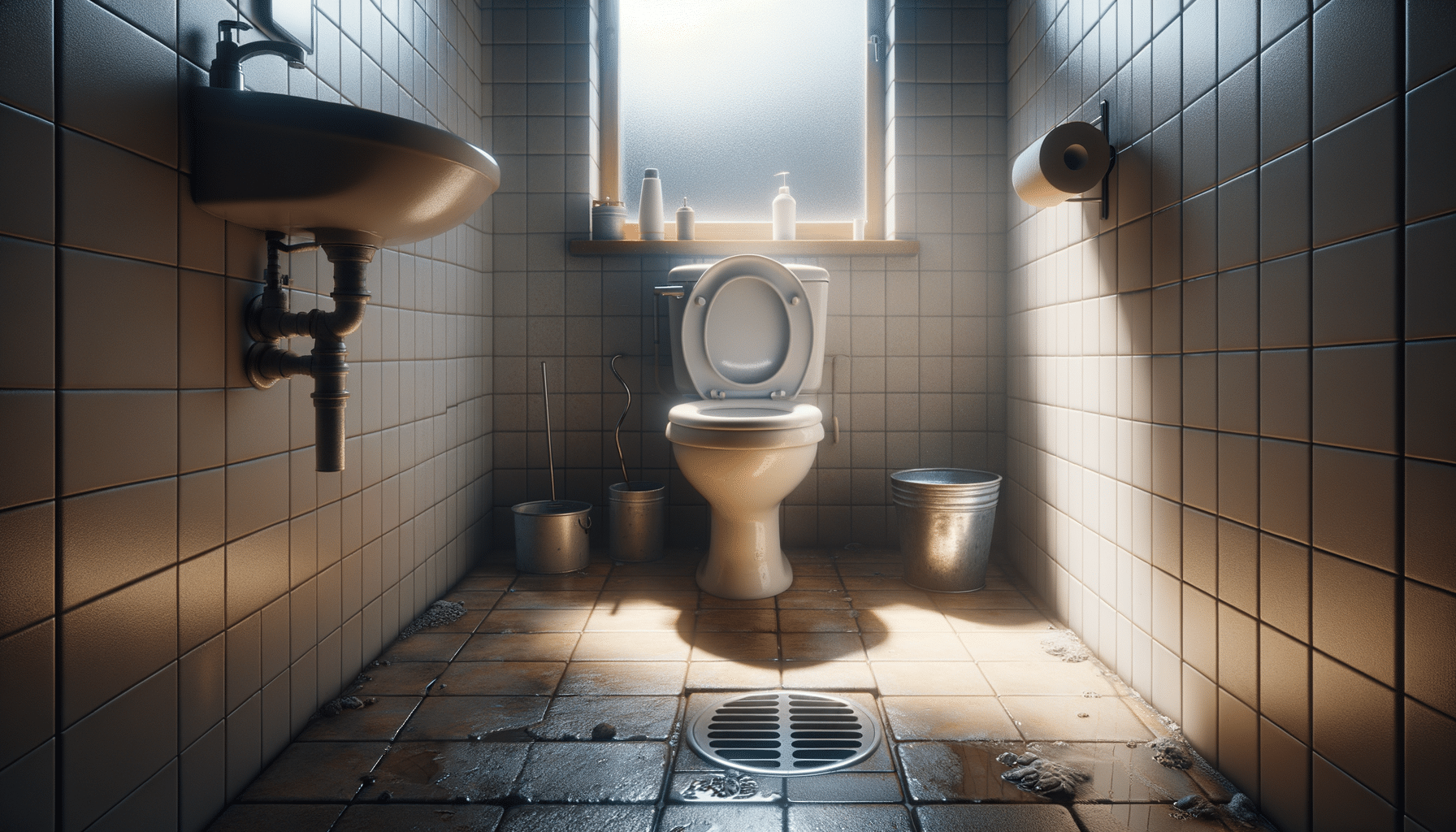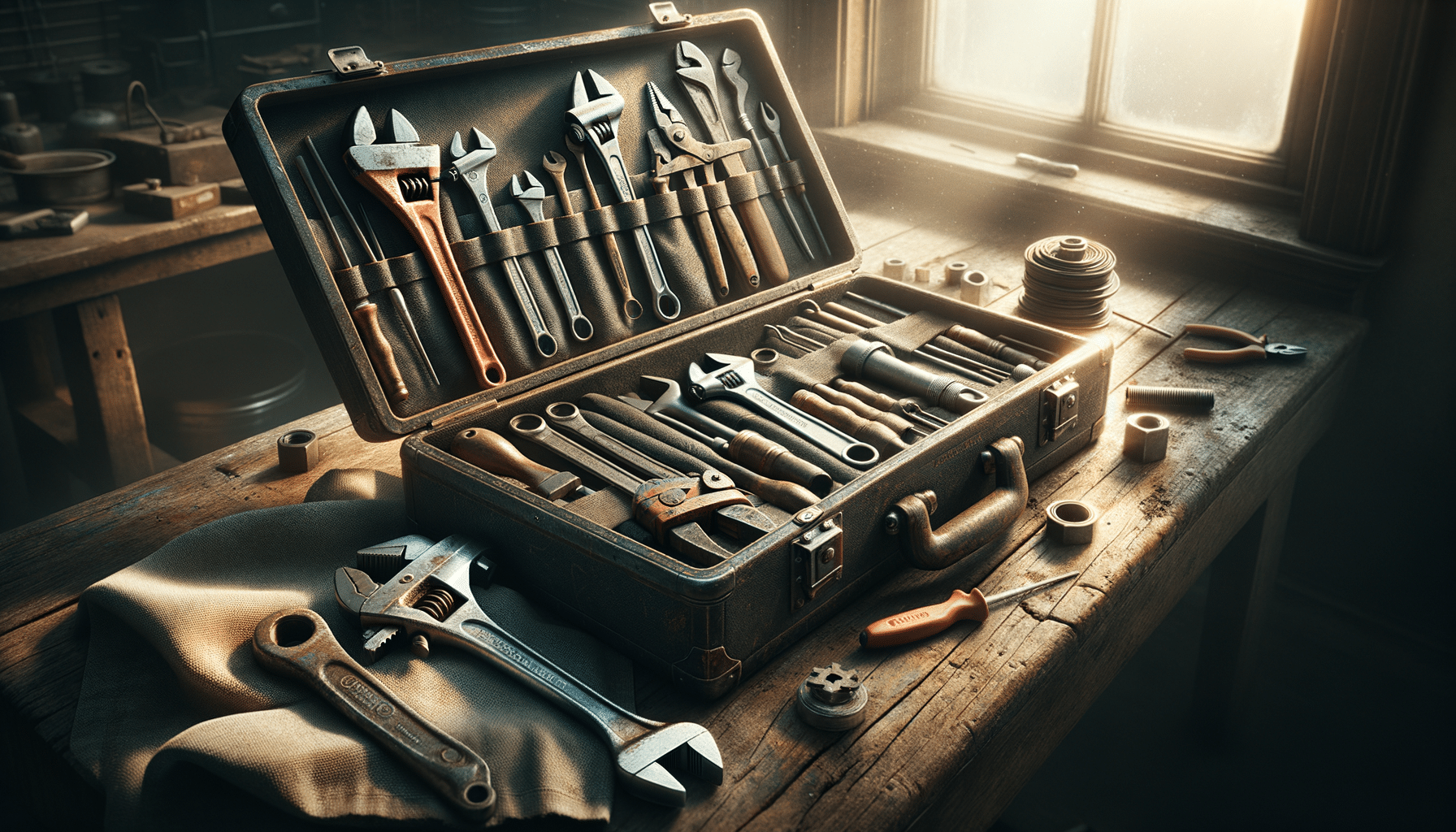
Understanding Shower Drain: An Overview
Introduction to Shower Drain Maintenance
Maintaining a functional shower drain is essential for ensuring a hygienic and comfortable bathroom experience. When the shower drain is clogged, it can lead to unpleasant water backups and even bathroom flooding. The process of unclogging shower drain systems involves understanding the underlying causes and implementing effective solutions. This article explores various aspects of shower drain maintenance, from identifying common issues to exploring practical solutions that can prevent frequent clogs.
Common Causes of Shower Drain Clogs
Shower drains can become clogged due to a variety of reasons, often stemming from the accumulation of hair, soap scum, and other debris. Hair is one of the most common culprits, as it tends to bind with grease and other sticky substances to form clogs. Soap scum, which is a residue left behind by soap and shampoo, can also contribute to the problem by narrowing the pipe passage. Additionally, mineral deposits from hard water can build up over time, further restricting water flow.
Understanding these causes can help in selecting an appropriate shower drain declogger or other solution to effectively manage the issue. Regular maintenance and the use of drain guards can prevent these common causes from becoming major problems.
Effective Methods for Unclogging Shower Drains
There are several methods available for unclogging shower drains, ranging from DIY solutions to professional services. One popular DIY method involves using a mixture of baking soda and vinegar. This natural remedy can effectively break down mild clogs without damaging the pipes. For more stubborn clogs, a plunger or a plumber’s snake can be used to physically dislodge the blockage.
In some cases, chemical decloggers may be necessary. These products are designed to dissolve hair and other organic materials quickly. However, caution should be exercised when using chemical products, as they can sometimes cause damage to pipes if used excessively or improperly.
Preventive Measures to Avoid Future Clogs
Preventing shower drain clogs can save time and money in the long run. Installing a drain screen is an effective way to catch hair and other debris before they enter the plumbing system. Regular cleaning of the drain screen and the surrounding area can prevent buildup from occurring.
Additionally, being mindful of what goes down the drain can significantly reduce the risk of clogs. Avoiding the disposal of large amounts of hair or soap residue can maintain a clear passage for water flow. Using a mild drain cleaner periodically can also help keep pipes clean and free of obstructions.
When to Call a Professional
While many shower drain issues can be addressed with DIY methods, there are times when professional help is necessary. If the shower drain clogged issue persists despite repeated attempts to clear it, or if there are multiple slow drains in the home, it may indicate a more serious plumbing problem. A professional plumber can diagnose and resolve complex issues, ensuring that the entire plumbing system is functioning correctly.
In summary, understanding the common causes of shower drain clogs and implementing effective solutions can maintain a healthy and efficient bathroom environment. Whether through DIY methods or professional assistance, addressing these issues promptly can prevent more significant problems from developing.


